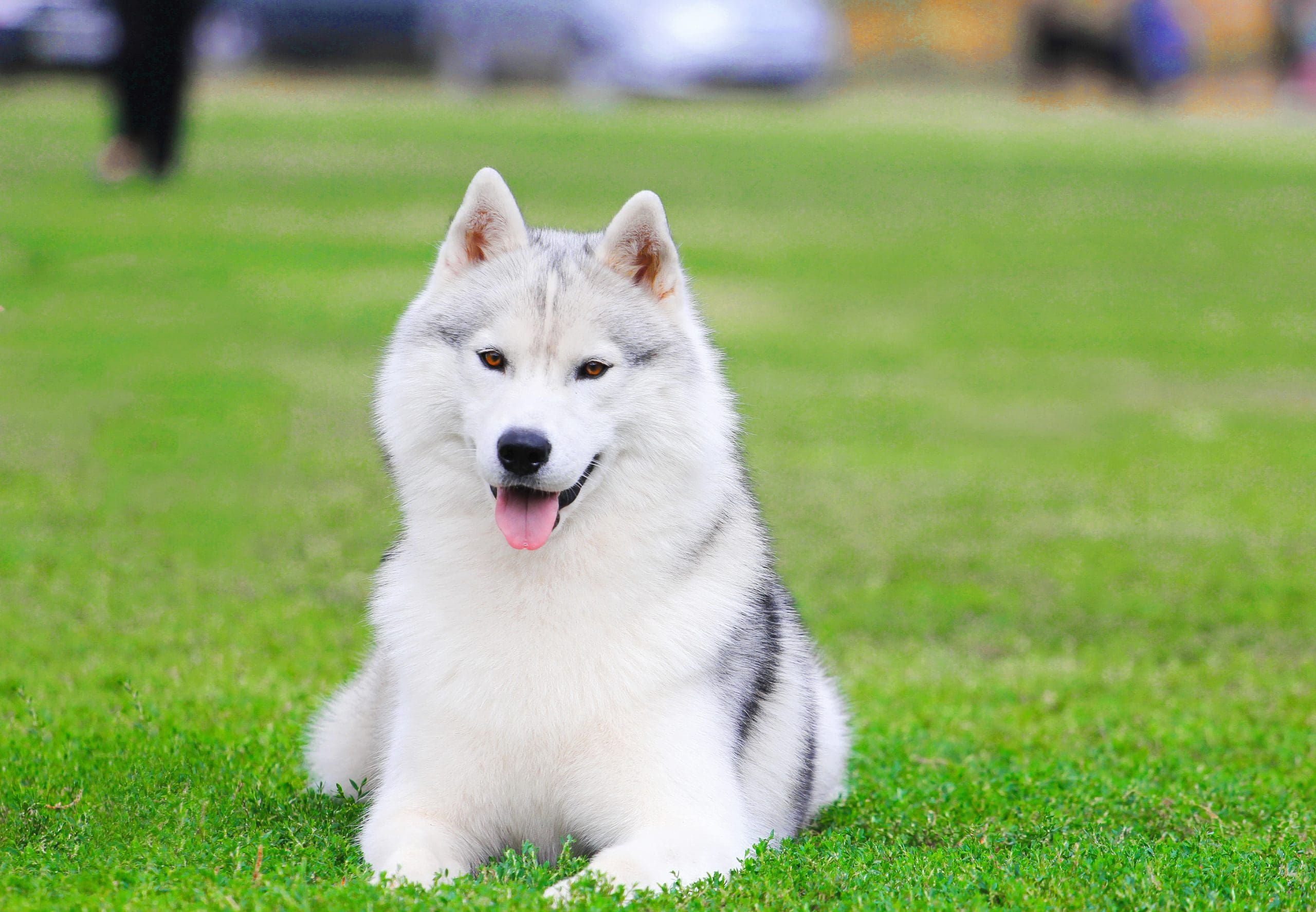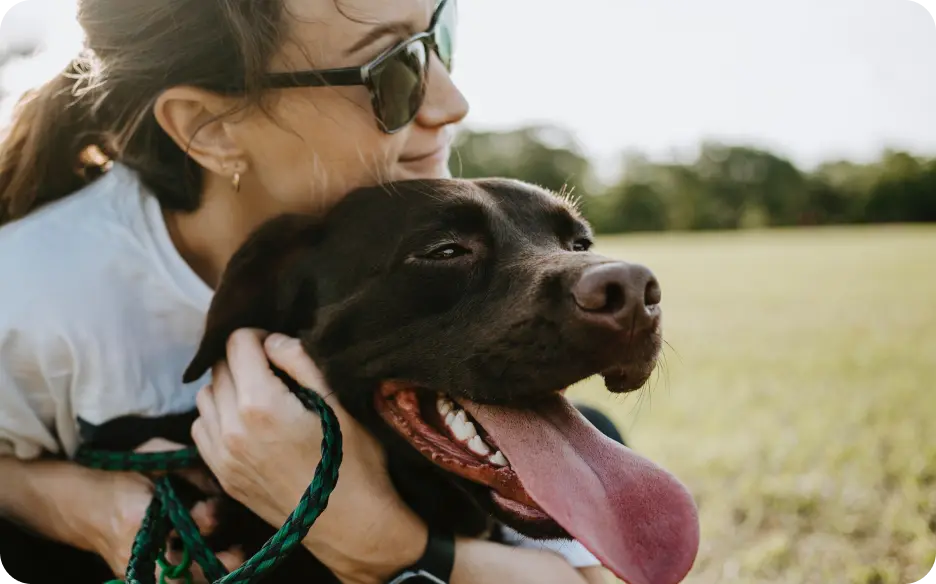When you observe your dog walking in circles, it can raise questions. This behavior, while often amusing, has various underlying reasons that may warrant your attention.
Territorial Behavior
One common reason dogs walk in circles is to establish their territory. In the wild, dogs and their ancestors would circle an area to mark it with their scent. This instinctual behavior allows them to communicate with other animals, signaling that a particular space is claimed. If your dog circles a specific spot during a walk or at home, it’s likely marking its territory.
Instinctual Habits
Dogs are descendants of wolves, who often circle before lying down. This behavior helps them prepare a comfortable resting area by flattening grass or leaves. If your dog walks in circles before settling down, it may simply be following an instinctual pattern.
Playful Circling
Dogs may also walk in circles as a form of play or excitement. A happy dog might run in circles or spin around to express joy or to engage with you. If your dog wags its tail and appears happy while circling, it’s likely enjoying a playful moment.
Health Concerns
Frequent circling can indicate health issues. If your dog starts this behavior suddenly or shows other unusual signs, it’s important to investigate further. Conditions like ear infections, neurological disorders, or tumors can cause disorientation, leading to circling. If other symptoms arise—such as lethargy, loss of balance, or changes in appetite—consulting a veterinarian is essential.
Age-Related Changes
Older dogs may circle more often due to cognitive dysfunction syndrome, akin to dementia in humans. This condition can impact a dog’s memory and awareness. If your senior dog appears confused or disoriented while circling, it may be a signal of this syndrome. Keeping your veterinarian informed about behavioral changes can contribute to effective management of your dog’s health.
Anxiety and Stress
Anxiety and stress can also lead to circling behaviors. If your dog feels overwhelmed, it might walk in circles as a coping mechanism, especially during stressful events like thunderstorms or fireworks. Creating a calm environment can help reduce your dog’s stress levels.
Breed-Specific Traits
Certain breeds may be more prone to circling due to their genetic background. Breeds developed for specific tasks might naturally exhibit circling behavior. Understanding your dog’s breed characteristics can offer insight into these behaviors.
Compulsive Behaviors
Some dogs may develop compulsive behaviors, including circling, often stemming from boredom or lack of exercise. Dogs require physical activity and mental stimulation to remain happy. If your dog circles excessively, consider increasing interactive playtime or mental challenges to engage its mind.
Context Matters
When observing your dog, pay attention to the context of the circling. Is it during playtime, after meals, or when alone? Identifying the circumstances can help discern whether the behavior is normal or requires further attention.
Overall Well-Being
Monitor your dog’s overall behavior. Is it eating, drinking, and engaging normally? If your dog is still active and content, the circling may not be a concern. However, noticeable changes in behavior should prompt a visit to the veterinarian.
Creating a Supportive Environment
Establishing a routine can provide your dog with a sense of security. Regular walks, playtime, and training contribute to a stable environment, which can help alleviate stress.
Socialization Importance
Social interaction with other dogs and people is vital for a dog’s well-being. If your dog enjoys the company of others, arrange playdates or trips to dog parks to promote healthy social behaviors.
Professional Assistance
If circling seems compulsive or anxiety-driven, consulting with a professional dog trainer or behaviorist can provide tailored strategies to address specific needs.
Being observant and informed about your dog’s behaviors is crucial. While circling can often be a normal part of a dog’s behavior, it can also signal health concerns or emotional distress. Attentiveness to changes in habits fosters a healthier, happier life for your furry companion.
Understanding your dog’s behaviors, including circling, strengthens your bond. Dogs have their unique ways of communicating, and by being attentive, you can interpret their signals accurately. If your dog walks in circles, it’s important to recognize that this behavior may stem from instinct, playfulness, or a signal that needs attention. Providing a safe and loving environment allows your pet to thrive, even if it occasionally walks in circles.



